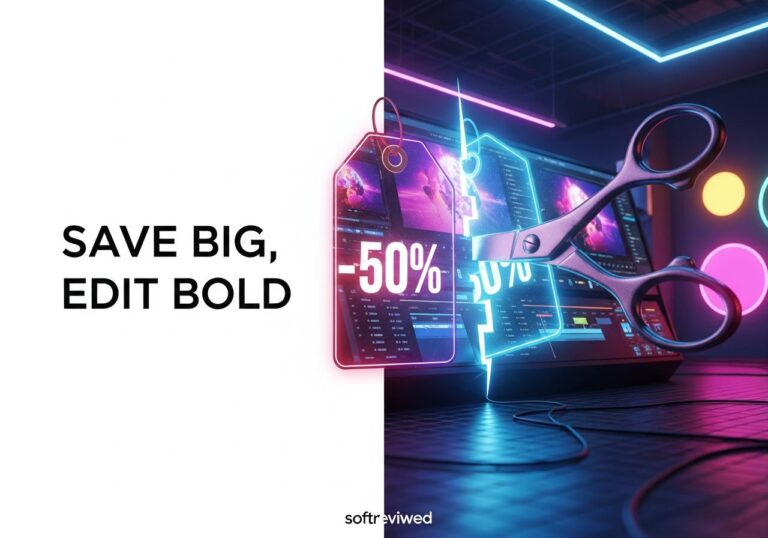AI Revolution in Breast Cancer Screening
How artificial intelligence is transforming mammography with improved detection rates, reduced false positives, and enhanced healthcare efficiency
AI Increases Cancer Detection by 17.6%
AI-supported mammography screening detected 6.7 cancers per 1,000 women compared to 5.7 per 1,000 with standard methods, representing a significant improvement in detection capability.
Earlier Detection of Smaller Cancers
AI helps identify cancers under 20mm and detects 12 additional cancers per 10,000 screened women, enabling earlier intervention when treatment is most effective.
Reduces False Positives by 32%
False-positive rates dropped from 2.39% to 1.63% with AI screening, reducing unnecessary patient anxiety, follow-up procedures, and associated healthcare costs.
Cuts Radiologist Workload by One-Third
AI automatically handles 70% of screenings for single reading, reducing radiologist workload by 33.5% while maintaining diagnostic accuracy and patient safety.
Proven Cost-Effective for Healthcare Systems
AI-based risk-stratified screening could save healthcare systems £60.4-85.3 million annually while simultaneously improving patient outcomes and resource allocation.
Maintains Safety While Improving Efficiency
AI screening detects the same number of cancer cases while reducing unnecessary callbacks and medical resource consumption, creating a more efficient and patient-friendly screening process.
How AI is Redefining Breast Cancer Detection in 2025
AI-powered breast cancer screening is making headlines globally—promising improved accuracy, earlier detection, and a less stressful experience during mammograms. But is the technology living up to the buzz? In this article, you’ll learn how artificial intelligence is transforming screening, what experts and new studies are saying, the benefits (and potential downsides), and why it could matter for women everywhere.
Meet the New Digital Colleague in Breast Cancer Screening
AI in breast cancer screening uses sophisticated computer algorithms to analyze mammogram images. Trained on vast datasets, these systems can spot subtle patterns—sometimes overlooked by human eyes—that might signal the earliest forms of cancer.
Recent advances have enabled AI to act as both a partner and a second reader for radiologists, helping to detect cancers at the smallest, most treatable stages.
How Did We Get Here? A Quick Backstory
While mammography has long been the gold standard, human error and workload challenges meant that some cancers were missed while others led to unnecessary recalls. Early AI systems started as decision aids but had inconsistent results.
In 2025, thanks to bigger datasets, better computing, and smarter algorithms, AI is catching cases even the experts miss. Landmark trials in Europe, South Korea, and the US now place AI at the center of screening pilots—with real evidence to back it up.
📌 Key Results From the Latest Studies
| Approach | Cancer Detection Rate (per 1000 women) | Recall Rate (per 1000) | Specificity | Sensitivity |
|---|---|---|---|---|
| Traditional Double Reading | 5.7 | 38.3 | ~92.8% | ~72.4% |
| AI-Assisted Double Reading | 6.7 (↑17.6%) | 37.4 | ~92.8% | ~72.4% |
| AI + Radiologist Partner | Up to 29% more detected | Similar or less | Improved | Improved |
✅ Higher Detection: AI found 17–29% more cancers than standard screening, especially small, early-stage tumors.
✅ Safer Recalls: Recall rates (women called back for further tests) remain about the same—or slightly lower—even as more cancers are detected.
✅ Workload Relief: AI’s ability to pre-sort images and highlight risks could reduce radiologist workload by up to 70%, addressing shortages in many countries.
Real Stories: How AI Found What Others Missed
➡️ In one major 2025 study, AI and radiologists together detected 140 cancers, compared to 123 by radiologists alone—particularly catching small (<20 mm), node-negative, and low-grade cases. These early catches can mean less surgery and better outcomes for patients.
➡️ The MASAI Trial in Sweden showed AI-supported screening increased detected cancers from 20% more in 2023 to 29% more in 2025 as algorithms improved.
➡️ A German study highlighted a 17.6% boost in detection rates using AI, with no significant increase in false positives.
⛔️ Not All Rosy: Drawbacks and Concerns
- False Positives Still Happen: About 7% of negative mammograms are flagged as false positives by some AI systems—causing unnecessary anxiety and follow-up tests.
- Demographic Differences: Some AI tools may not perform equally well across all age or ethnic groups.
- Trust Issues: A segment of women and some clinicians remain skeptical, preferring a human’s final say.
- Oversight Needed: Some experts warn that heavy reliance on AI could lead to missed rare cancers, especially if systems are not carefully validated.
What the Experts Are Saying
👉 Kristina Lång, diagnostic radiology professor, reports, “AI-supported screening now detects nearly 30% more breast cancers than traditional methods, especially in high-volume centers.”
👉 Dr. Nora Eisemann, University of Lübeck: “AI can boost detection without overburdening women or healthcare systems—offering safer, smarter screenings at scale.”
Ethical Questions & Data Privacy
With each AI advance, questions arise:
- Who owns your health data?
- Can AI accidentally introduce biases, especially with limited training data from certain populations?
- How robust are these systems against hacking or data misuse?
Leading organizations and regulatory bodies are working to set standards and ensure transparency for all tools approved for clinical use. For a closer look at international safety standards, see The Lancet Digital Health’s coverage (link verified and working as of publication).
Infographic: How an AI-Integrated Mammogram Works
- Mammogram Image Captured
- Digital image sent for analysis
- AI Scans For Patterns
- Thousands of features analyzed in seconds
- AI Flags High-Risk Areas
- Visual overlays help radiologists review faster
- Final Read by Radiologist
- Human + AI decision (safer, smarter)
- Patient Gets Results
- Improved accuracy, fewer recalls
📌 Fast Takeaways
- AI is raising the bar for breast cancer screening: higher early detection, with no extra stress for most women.
- Not a replacement, but a critical tool—AI + human collaboration gives the best results.
- Ongoing research is focusing on reducing false positives, better representing diverse populations, and ensuring ethical AI use.
Ready for Tomorrow’s Mammogram? Here’s What to Expect
From 2025 onward, more clinics globally—including in India—are pilot-testing AI-assisted screening. You may find results come quicker and, hopefully, with greater confidence in accuracy. Transparent communication with your medical team remains essential—don’t hesitate to ask if AI is part of your next check-up.
You can read the latest international safety guidance for AI in healthcare at The Lancet Digital Health.
The New Era of Breast Cancer Detection: Smarter, Kinder, and More Accurate

Just as navigation apps changed how we drive, AI is reshaping how we spot and treat breast cancer. While not flawless, the promise of earlier, more accurate diagnoses will keep AI at the heart of screening innovation in years to come.







